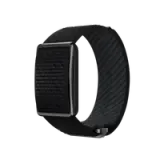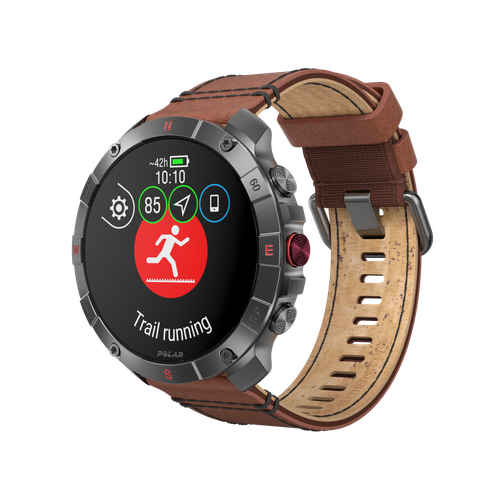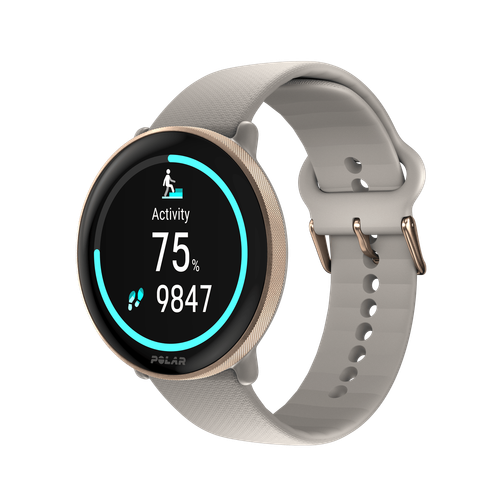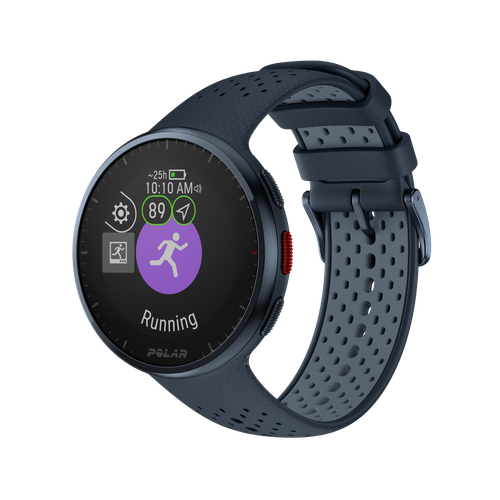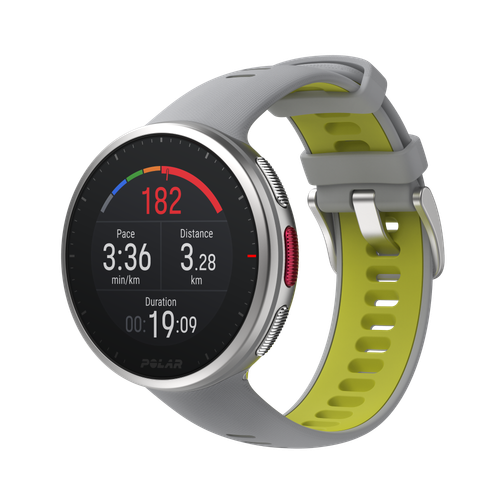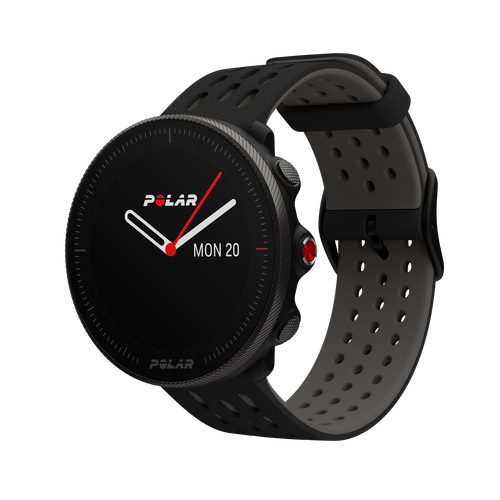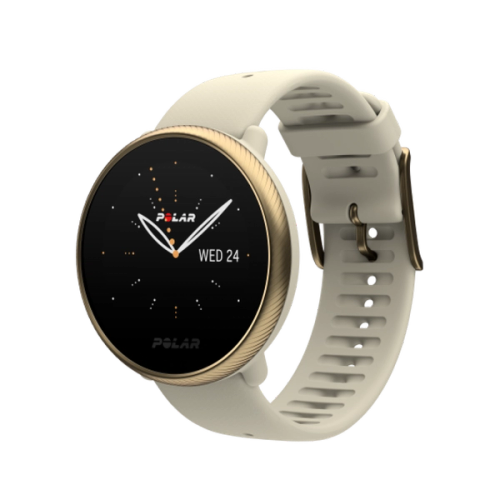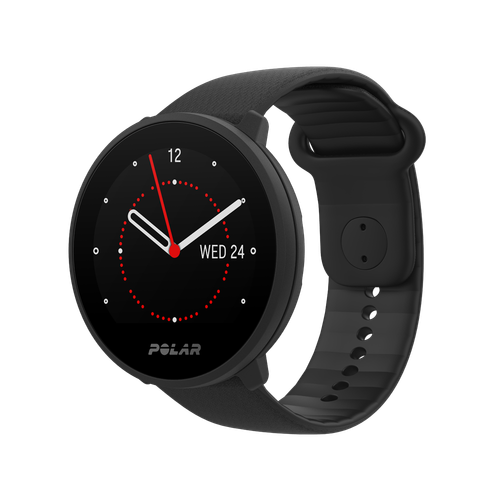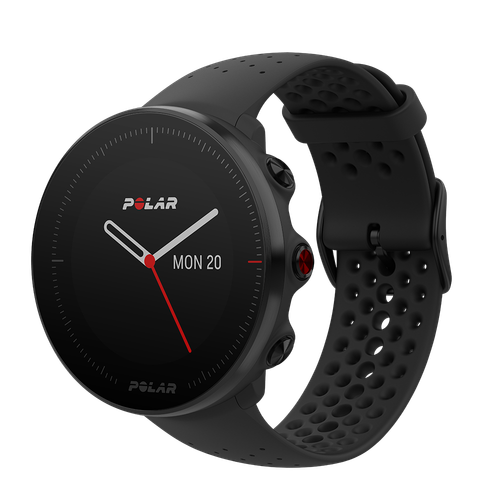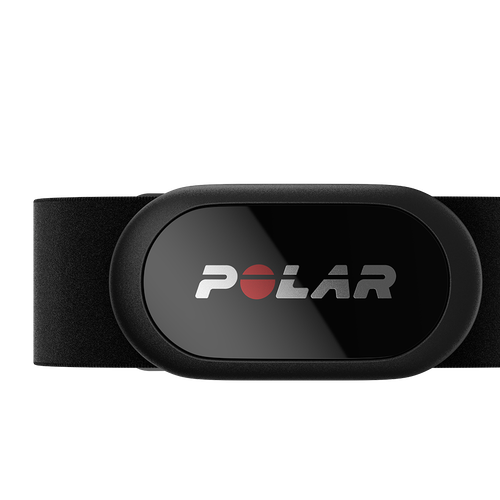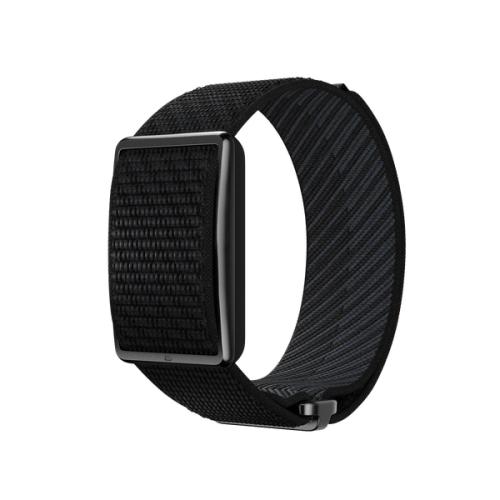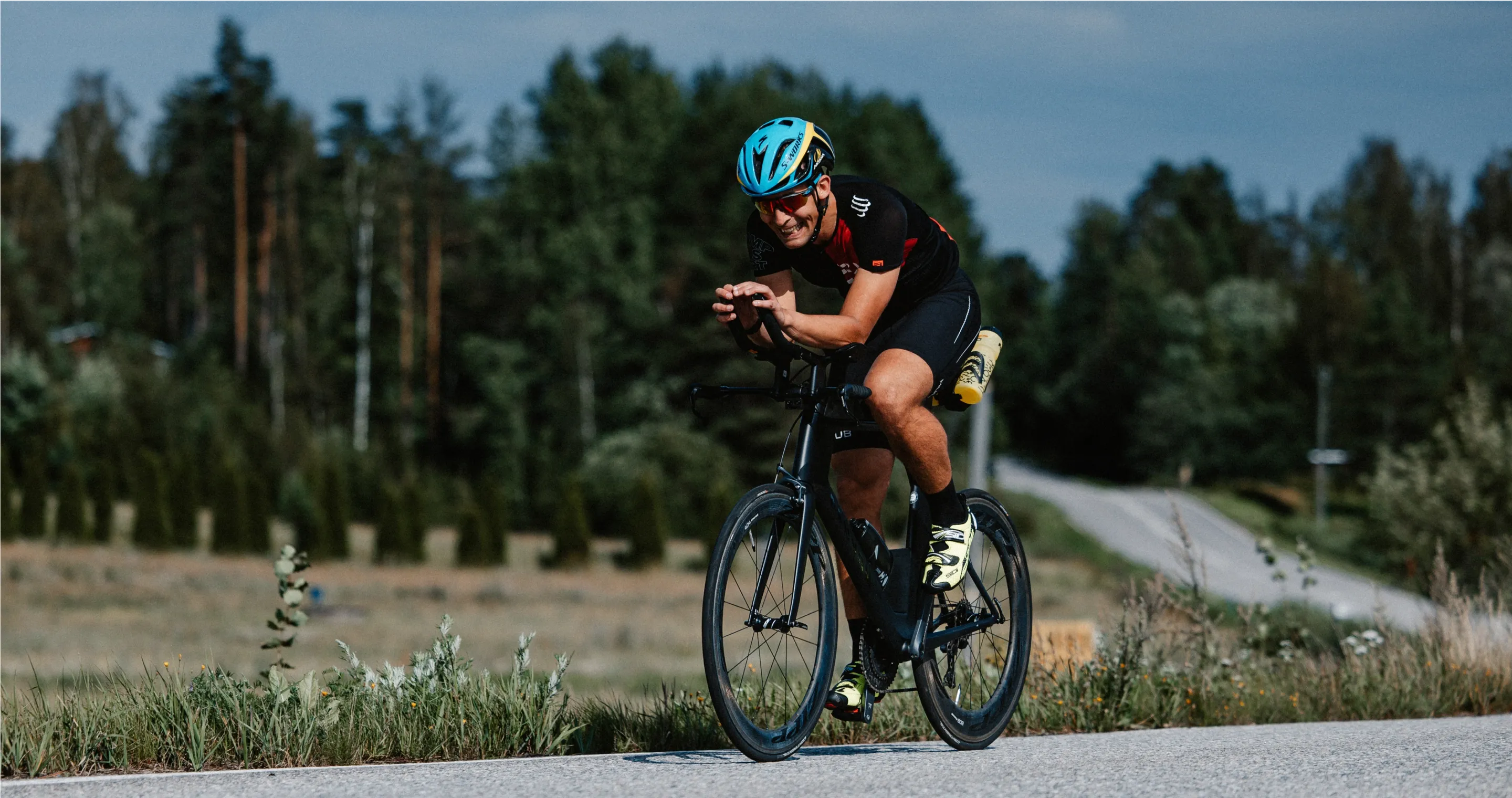The worn-out running shoes on the shelf whispered tales of countless miles. Marathons conquered, personal bests shattered – Andrew had pushed his limits on the asphalt for years. But a nagging voice within yearned for something more. He dreamt of a new challenge, a crucible of endurance that would test his mettle in ways he never imagined. And so, the seed of an idea was planted: the triathlon.
Just like Andrew, perhaps you have this image in mind: the exhilaration of the open-water swim, the rhythmic cadence of the long bike ride, the unwavering grit of the marathon run. These longer distances demand more than just physical strength; they require unwavering mental fortitude, meticulous planning, and a deep reservoir of resilience.
So, what does it take to embark on this extraordinary journey? Which unique demands form each triathlon distance, from the exhilarating Sprint to the awe-inspiring Ironman? What training strategies do you need? How can you carve out space in your everyday life and the mental fortitude required to conquer these challenges? Get ready to discover the extraordinary athlete within you.
Triathlon Distances: How They Differ
With varying distances, where should you begin your triathlon journey? We break down what's required from each one.
The Sprint
Swim 0.5 mi/0.8 km | Bike 12.4 mi/20 km | Run 3.1 mi/5 km
This is your entry point, a taste of the triathlete's life. Swim short, bike fast, and run with a smile. Perfect for newcomers and those seeking a challenging yet achievable goal.
The Olympic
Swim 0.93 mi/1.49 km | Bike 24.8 mi/40 km | Run 6.2 mi/9.9 km
This is where the real challenge begins. Longer distances demand greater endurance and mental fortitude. Here's where you'll first discover reserves of strength you never knew you had.
The Half-Ironman
Swim 1.2 mi/1.9 km | Bike 56 mi/90.1 km | Run 13.1 mi/21 km
Discover your true character as this distance pushes your limits. Embrace the pain, conquer the doubt, and emerge a stronger, more resilient athlete.
The Ironman
Swim 2.4 mi/3.8 km | Bike 112 mi/180.2 km | Run 26.2 mi/42.1 km
The ultimate test of human endurance. This iconic distance is a journey of self-discovery. You'll face adversity, push through exhaustion, and experience the elation of achieving the impossible.
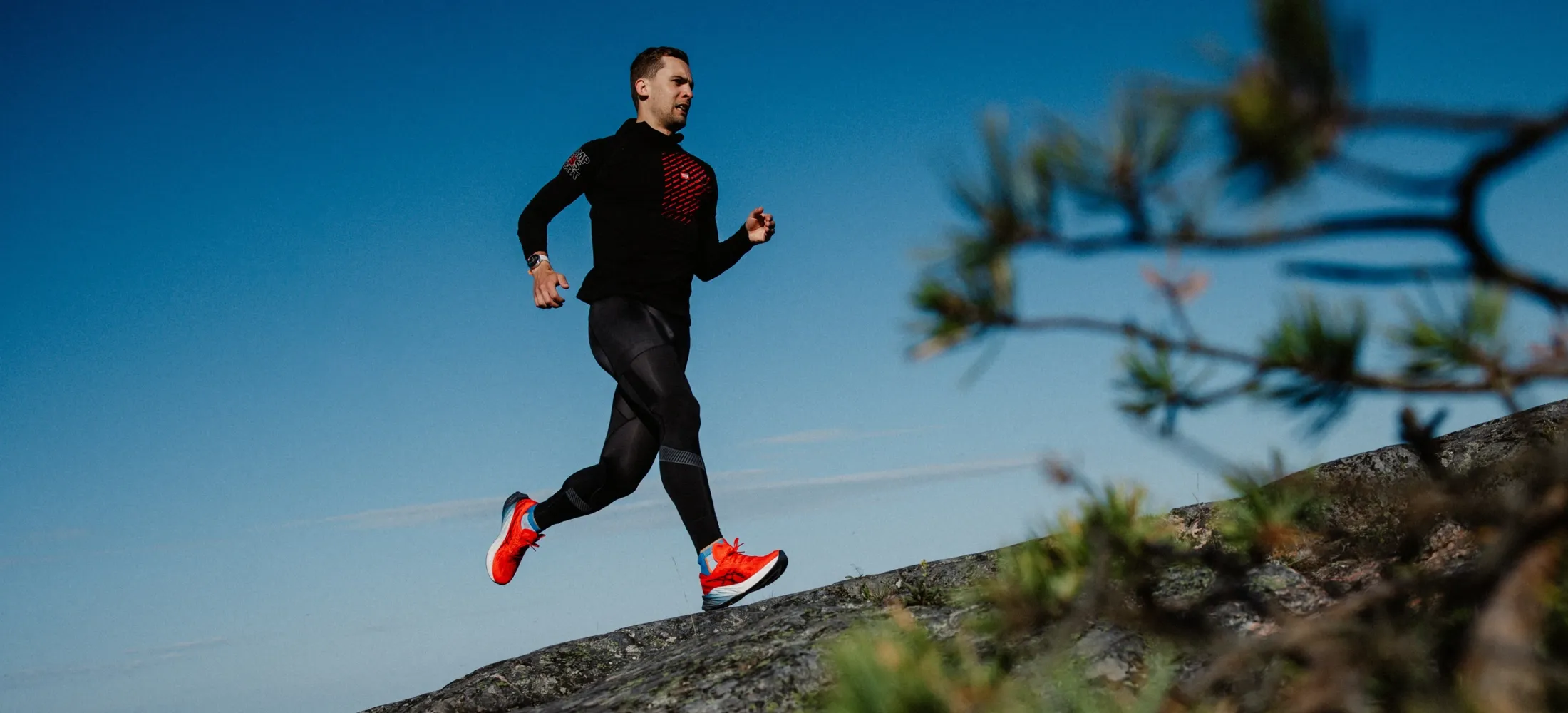
Assessing Your Readiness for the Next Level
When Andrew decided it was best to go for a Sprint triathlon distance for his first attempt, he found himself at a crossroads, meticulously assessing his readiness for the triathlon. He meticulously researched the course, analyzing the swim conditions, the bike route's terrain, and the run course's elevation changes. In turn, he scrutinized his swimming, cycling, and running fitness. He pondered the logistics, considering whether to transport his own bike or rent one locally and questioned his comfort level with handling a bike at higher speeds, particularly on unsealed roads and trails. With each step, Andrew's excitement grew, tempered by a healthy dose of respect for the challenge that lay ahead.
If you're also ready to unleash your inner triathlete, it's essential to consider if you have the physical fitness and experience necessary to get started. Here are some of the key areas of consideration.
- Swimming: Comfort in the water is paramount. You don't need to be an Olympic swimmer, but you should be able to swim continuous laps and feel confident in open water.
- Cycling: Endurance is key. You must have built a strong base with consistent cycling, gradually increasing distance and intensity.
- Running: You need a solid running foundation. You need to have consistently trained, gradually increasing your mileage and incorporating speedwork.
- Mental Fortitude: The triathlon is as much a mental as a physical challenge. Can you think of examples of times when you have cultivated mental resilience through consistent training, visualization, and a positive mindset?
- Cross-Training: Strength training and core exercises will have helped build your overall fitness and prevent injuries.
- Nutrition: Do you know how to fuel your body with a balanced diet to support your training and recovery?
Enjoying this article? Subscribe to Polar Journal and get notified when a new Polar Journal issue is out.
Subscribe
It soon becomes apparent that the path to conquering a triathlon, regardless of distance, requires dedication and perseverance.
Time Commitment for Triathlon Training
As Andrew grappled with the realities of triathlon training, he quickly realized that, despite its name, the time commitment for a sprint triathlon was substantial. Balancing his demanding job as a marketing executive with the rigors of swim, bike, and run training (while also being a present father to his two young children) felt like a daunting puzzle. He knew he needed to prioritize, schedule meticulously, and perhaps even negotiate flexible work arrangements to make his triathlon dream a reality.
As you can see, it soon becomes apparent that the path to conquering a triathlon, regardless of distance, requires dedication and perseverance. However, the training hours needed for different triathlons will vary quite significantly. Plus, it's essential to consider the impact that this dedicated level of training will have on other areas of your life.
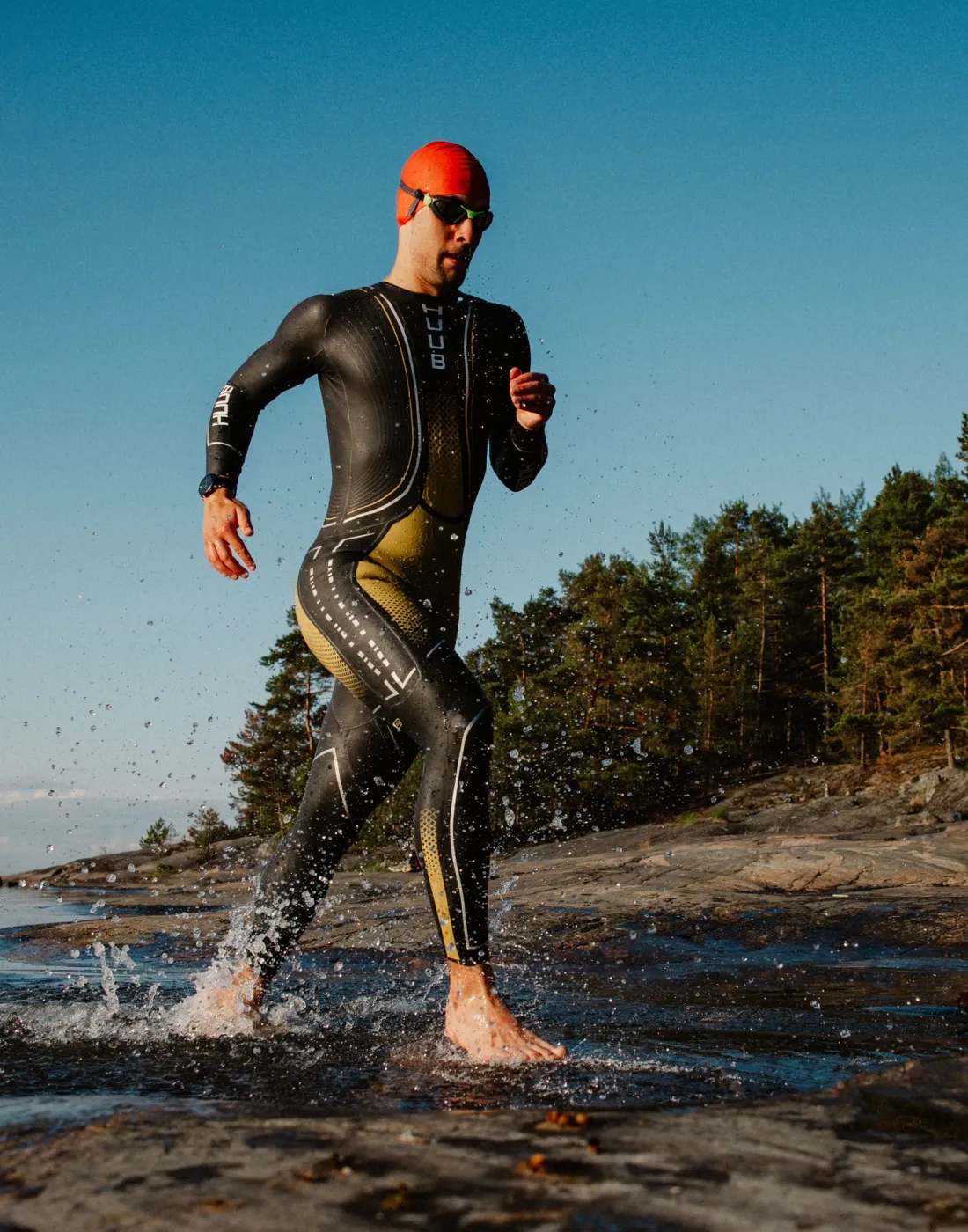
Training hours required for Sprint vs. Ironman
As a comparison, let's look at the difference between training for a sprint triathlon vs. an Ironman. Remember, these are general guidelines, and your training needs should be based on your fitness levels, experience, and goals.
Sprint Triathlon (Swim 800m | Bike 20km | Run 5km):
- Training Volume: Typically requires 6-12 hours of weekly training, with a focus on shorter, more intense workouts.
- Training Focus: Emphasizes swim technique refinement, bike speed and handling, and running speed and agility.
- Flexibility: Offers greater flexibility in training schedules due to its shorter distance.
Ironman Triathlon (Swim 3.8 km | Bike 180.2 km | Run 42.1 km):
- Training Volume: Demands a substantial time commitment, often exceeding 15-20 hours of weekly training.
- Training Focus: Prioritizes building endurance, developing a strong base in each discipline, and mastering long-distance pacing.
- Consistency is Key: Requires consistent and progressive training over several months, with a focus on gradual increases in training volume and intensity.

How to mentally prepare for a triathlon
As his training progressed and he began to talk to friends and colleagues about his upcoming race, he was often met with a curious (and occasionally astonished) question: why? These moments made him start to delve deeper into his motivations. Was it the thrill of pushing his limits? Was it a desire to prove something to himself? Or perhaps it was a deeper yearning to connect with a sense of adventure and challenge after years of feeling stuck in a routine. As he pondered these answers, a powerful sense of purpose began to emerge, fueling his motivation and guiding him through the inevitable setbacks and challenges that lay ahead.
Having discovered his reason for pursuing this goal was a massive part of Andrew training – and it should be with yours as well. After all, the triathlon journey is not just about physical training; it's a profound test of mental fortitude. Cultivating resilience and unwavering commitment will be your guideposts on this extraordinary adventure.
Practice overcoming adversity. Push through tough workouts, learn to manage setbacks, and cultivate a "never give up" attitude. Visualize yourself conquering challenges and achieving your goals.
How to develop resilience for the longer triathlon training cycle
With the right mindset, you have the potential to discover the incredible triathlete within you. Here are some ways to mentally train for the journey ahead.
Embrace the Grind: Training for a triathlon demands consistent effort over an extended period. There will be days when fatigue sets in, motivation wanes, and life throws curveballs. Embrace these challenges as opportunities for growth.
Develop Mental Toughness: Practice overcoming adversity. Push through tough workouts, learn to manage setbacks, and cultivate a "never give up" attitude. Visualize yourself conquering challenges and achieving your goals.
Find Your Why: Just like Andrew, you need to connect with your deeper motivations. What drives you to take on this challenge? Is it a personal goal, a charitable cause, or a desire to push your limits?
Celebrate Milestones: Acknowledge and celebrate your progress, no matter how small. These victories will fuel your motivation and reinforce your commitment.
Believe in Yourself: Cultivate a strong sense of self-belief. Trust in your training, trust in your abilities, and trust in your capacity to overcome any obstacles that come your way.
Coping with the mental challenges of long-course racing
All of the mental training detailed above will come into play when the going truly gets tough as tackling a triathlon pushes your limits in both body and mind. Here's how being prepared will come into play on race day.
Break it Down: Divide the race into smaller, more manageable segments. Focus on the current moment, whether it's the next buoy in the swim, the upcoming climb on the bike, or the next mile marker on the run.
Embrace the Pain: Accept that there will be moments of discomfort and even suffering. These moments are temporary. Push through them, knowing that you are stronger than you think.
Find Your Mantra: Develop a positive mantra or affirmation to repeat to yourself during challenging moments. This can help you stay focused and motivated.
Visualize Success: Imagine yourself crossing the finish line, feeling strong and accomplished. Visualize yourself overcoming challenges and achieving your goals.
Connect with Your "Why": Remember that deeper motivation you identified for taking on this challenge? Connect with your "why" to fuel your determination.
Ready to race your next triathlon
Andrew's story is a reminder that the triathlon journey is not just about crossing the finish line; it's about discovering your inner strength, pushing your boundaries, and embracing the incredible athlete within you. So, what’s stopping you from making this year your first triathlon year? With right training, physically and mentally, this could be your time. But only you know if the potential lies within you.
undefined
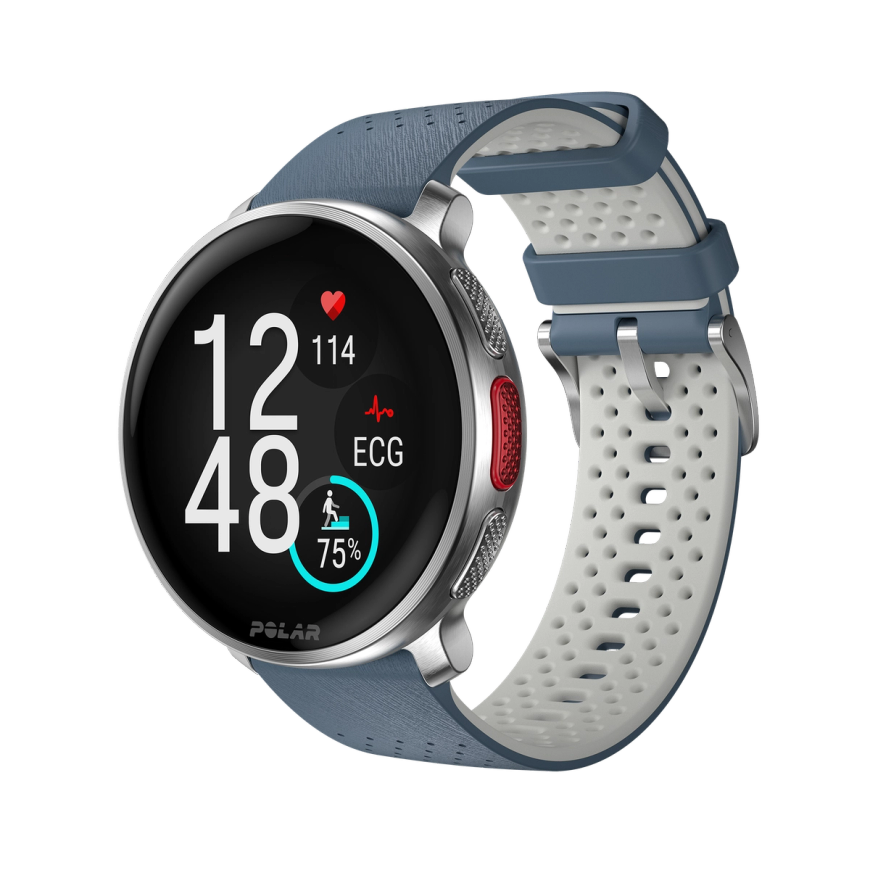
Polar Vantage V3
Premium Multisport Watch
An ensemble of biosensing instruments, AMOLED display, dual-frequency GPS, maps, and the most comprehensive suite of training and recovery tools on the market. The stage is set, and the Polar Vantage V3 smart sports watch is ready to put in the performance of a lifetime.
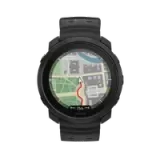 Polar Vantage M3
Polar Vantage M3
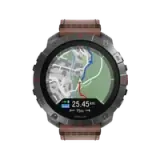 Polar Grit X2 Pro Titan
Polar Grit X2 Pro Titan
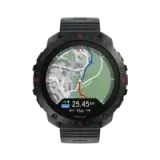 Polar Grit X2 Pro
Polar Grit X2 Pro
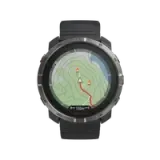 Polar Grit X2
New
Polar Grit X2
New
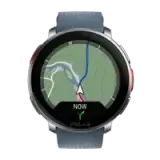 Polar Vantage V3
Polar Vantage V3
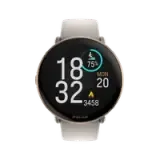 Polar Ignite 3
Polar Ignite 3
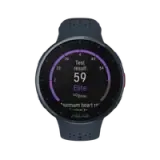 Polar Pacer Pro
Polar Pacer Pro
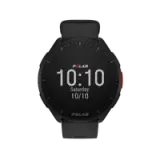 Polar Pacer
Polar Pacer
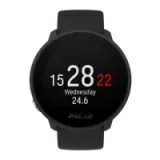 Polar Unite
Grit X Series
Vantage Series
Pacer Series
Ignite Series
Polar Unite
Grit X Series
Vantage Series
Pacer Series
Ignite Series
